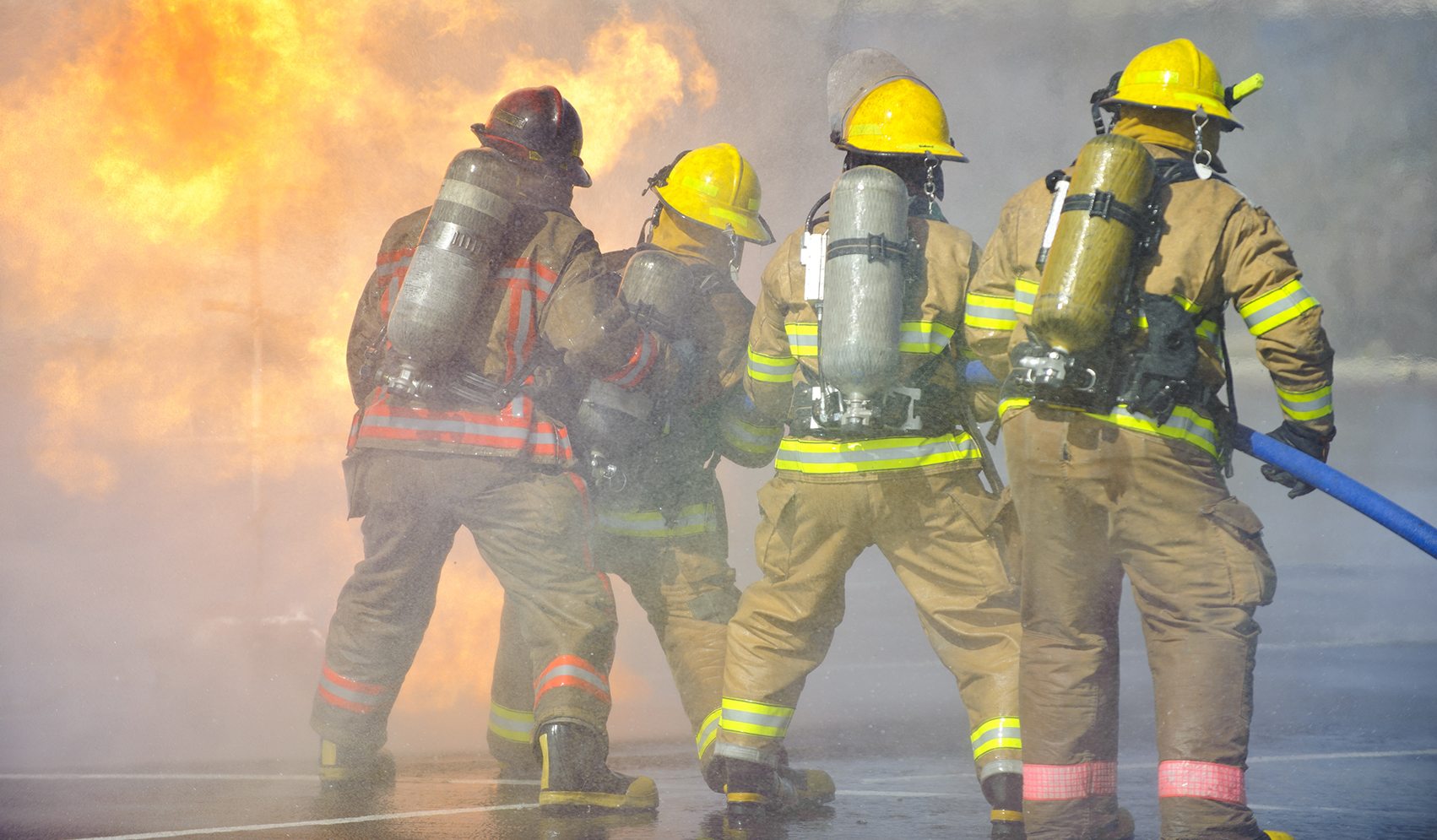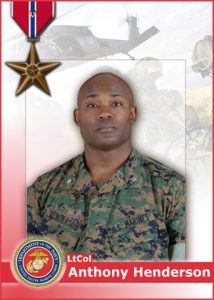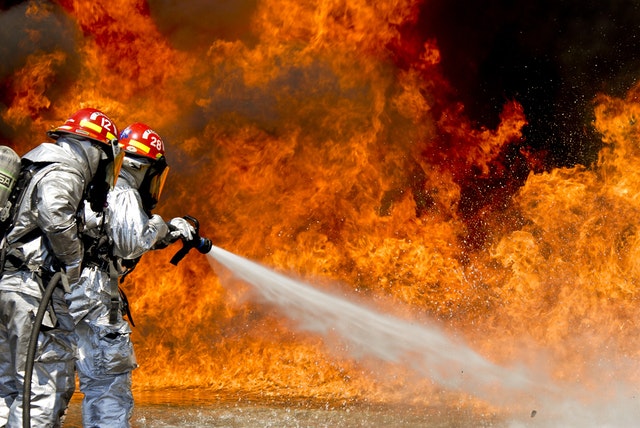
For Lieutenant Colonel Anthony Henderson, it was a lifetime of service and professional development in the U.S. Marine Corps that prepared him to command1,200 Marines in southern Afghanistan and engage in the most vicious combat fighting he had ever seen.
“Your preparations for those types of moments span your entire career,” said Henderson. “At 18 years of education and training, it’s what prepared me to listen and learn.”
Just two months into his deployment in southern Helmand Province, Henderson, who was the Commander of 1st Battalion, 6th Marine Division, was tasked to devise a combat plan to overrun a historic Taliban stronghold in the Gamshir area known as the Jugroom Fort. Jugroom Fort was a 19th century British fort, built out of mud, which spanned five kilometers and was surrounded by tunnels, machine-gun bunkers, minefield and IEDs. It was typically defended by 200-400 Taliban fighters at any given point in time.
“It was a very complex attack. We had forces moving by land and air – plus we were coordinating with the British forces,” said Henderson.
The mission began on April 28, 2008, and for the next month, there were several sustained battles as the ISAF forces slowly closed in on the area. The major combat operation commenced on May 28, 2008. Henderson led his Battalion to the southern end of Fort Jugroom, while still keeping his eye on the overall battle plan.
As Henderson’s Battalion approached the Fort, the enemy began firing on the rear echelon trucks, essentially closing them in between the Fort and enemy fire. Henderson decided to push his men into the interior area of the Fort to engage directly with the enemy.
“Marines had to physically get the Taliban out of the Fort and it was the most vicious fighting I had ever seen,” reflected Henderson. “The enemy had defensive positions in and outside the Fort, and grenades and rocket fire were exchanged between 10, 20 and 30 meters.”
“There were fighters and Marines all over the place. The enemy was around everyone and everyone was around the enemy.”
At this point, Henderson’s men and the other one thousand Marines fighting at Fort Jugroom had been awake for two whole days with temperatures reaching 110 degrees. With 3-4-foot wheat fields surrounding the Fort, Henderson knew that fighting into the night would be dangerous – from the threat of enemy attacks and the heat.
“I grew up on a farm and I knew that wheat fields collect extreme heat. I had to make a decision that would result in the least amount of casualties,” reflected Henderson.
As the firefight subsided, the Marines retreated to nearby shelter. However, the next day, intelligence reports indicated that the enemy was packing up and heading toward the Pakistani border. It became a major victory for the ISAF forces and Henderson’s Marines.
“We spent the next two weeks clearing the Fort and the surrounding villages where the Taliban had stocked weapons and ammunition,” said Henderson. “For them, Jugroom was the final defense and there was nothing left to defend.”
Henderson’s tour in Afghanistan lasted six more months after the battle for Jugroom Fort. Two years later, he is stationed with the Joint Chiefs Regional Operations Staff in Washington, D.C., and Henderson can only wish to be back in Afghanistan.
“It’s humbling and fulfilling to lead Marines,” reflected Henderson. “I have a constant yearning to be back there and amongst them.”

